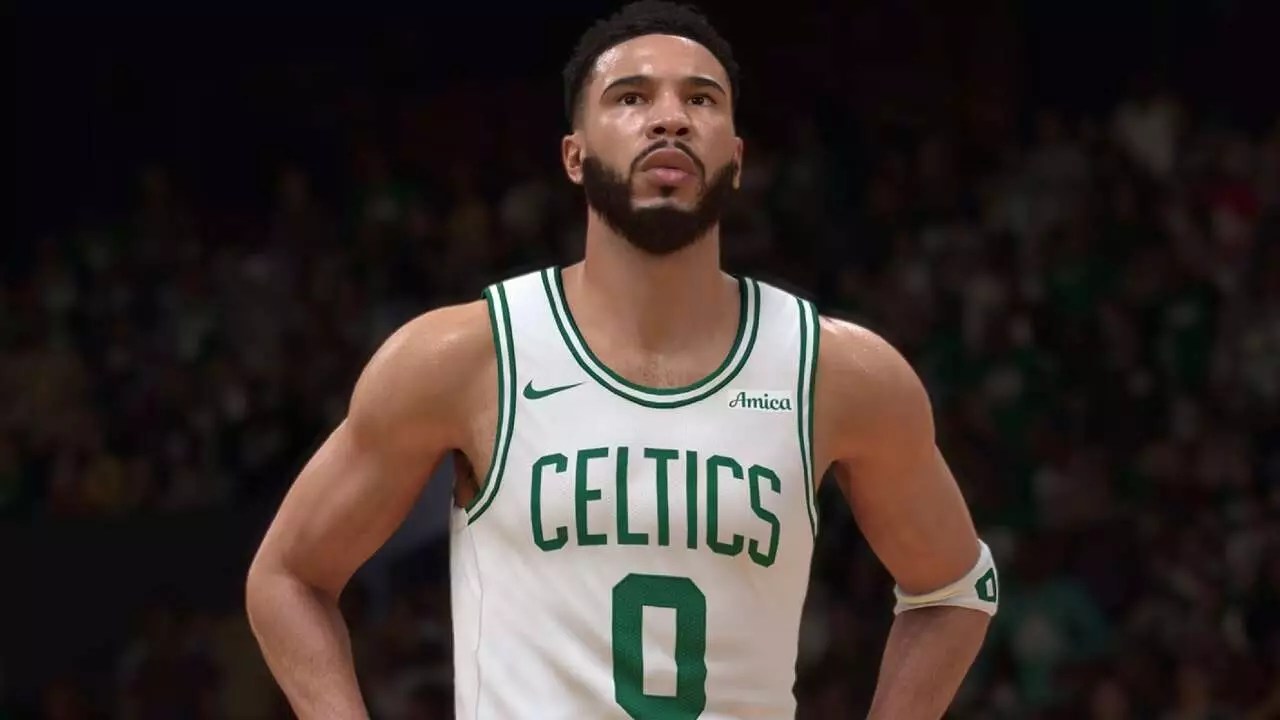The gaming industry continues to evolve, driven by a constant demand for innovative experiences that captivate consumers. A prime example of this evolution can be seen in the NBA 2K25, where developer Visual Concepts recently introduced a unique mode called Gravity Ball. This $8 add-on has been characterized as a hybrid mashup, blending elements of American Gladiators with futuristic basketball and paintball mechanics. Such creative ventures highlight a burgeoning trend within the gaming landscape—one where genre boundaries are increasingly blurred, allowing for fresh gameplay experiences that challenge traditional norms.
During a recent earnings call, Take-Two Interactive’s CEO, Strauss Zelnick, provided valuable insights into the company’s approach to gaming innovation. When asked about the potential longevity of introducing new gameplay modes like Gravity Ball, Zelnick reaffirmed his commitment to a three-part strategy, which includes innovation as a core component. He expressed pride in Visual Concepts’ willingness to experiment, noting that the introduction of such inventive elements signifies a larger shift in creative thinking within the team. By focusing not just on well-established franchises but also on expanding their IP in innovative ways, the company aims to keep pace with evolving consumer preferences.
The early reception of Gravity Ball has been noticeably positive, with Zelnick asserting that consumers genuinely appreciate the new mode. However, he tempered these enthusiastic responses by labeling it “too early to call it a trend.” This cautionary outlook reflects a broader hesitation to fully commit to new, potentially lucrative business models that involve incorporating smaller, paid minigames into larger franchises. While some games like Fortnite have successfully transformed into expansive platforms housing various gameplay experiences, Zelnick expressed that Take-Two is not ready to adopt this model wholesale, opting instead for a more experimental approach.
Beyond the introduction of Gravity Ball, Zelnick used the earnings call as a platform to address various aspects of the gaming industry, including the mixed reception of the Borderlands movie. Interestingly, he noted a correlation between the film’s performance and a resurgence in sales for the Borderlands game series, underscoring how multimedia projects can unexpectedly influence gaming revenue. Additionally, Zelnick cautioned that an over-reliance on sequels could lead to stagnation within the gaming sector, emphasizing the need for companies to prioritize creativity and innovation alongside returning properties.
As NBA 2K25 and its Gravity Ball mode illustrate, the future of gaming lies in embracing innovation and exploring uncharted territories. While it’s crucial for developers to retain the essence of popular franchises, introducing diverse gameplay modes can enhance consumer engagement and revitalize interest in established brands. By taking calculated risks and prioritizing creative exploration, game developers have an opportunity to reshape the gaming landscape, paving the way for a new generation of interactive experiences that entertain and inspire.


Leave a Reply